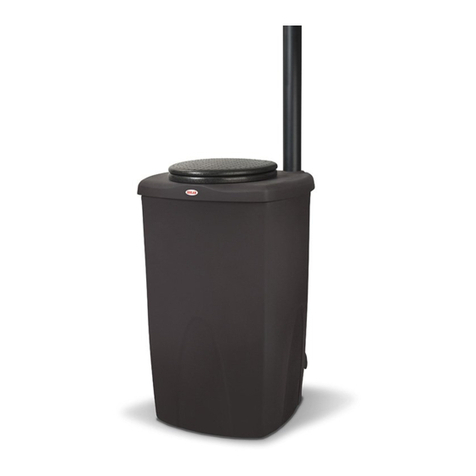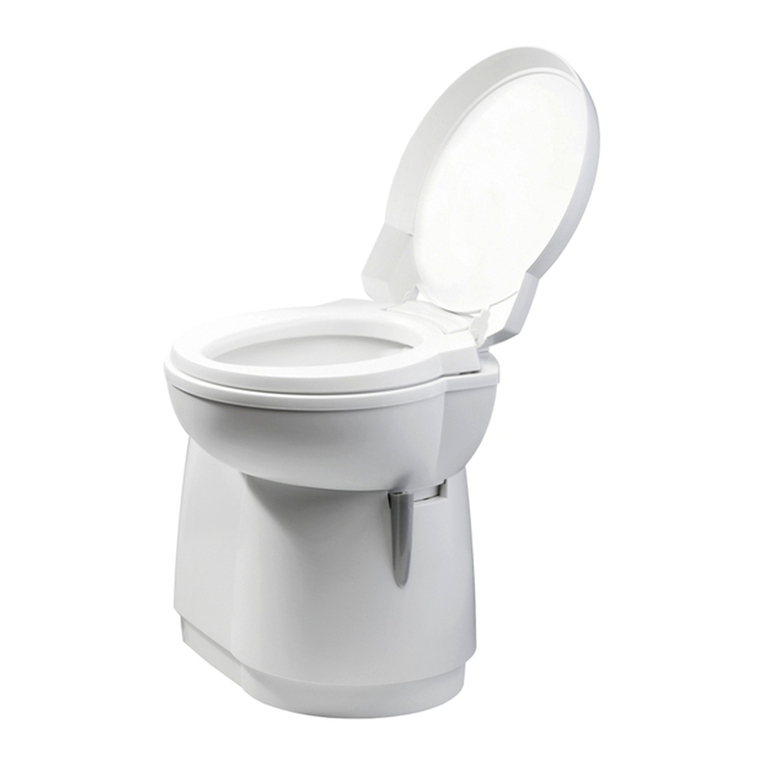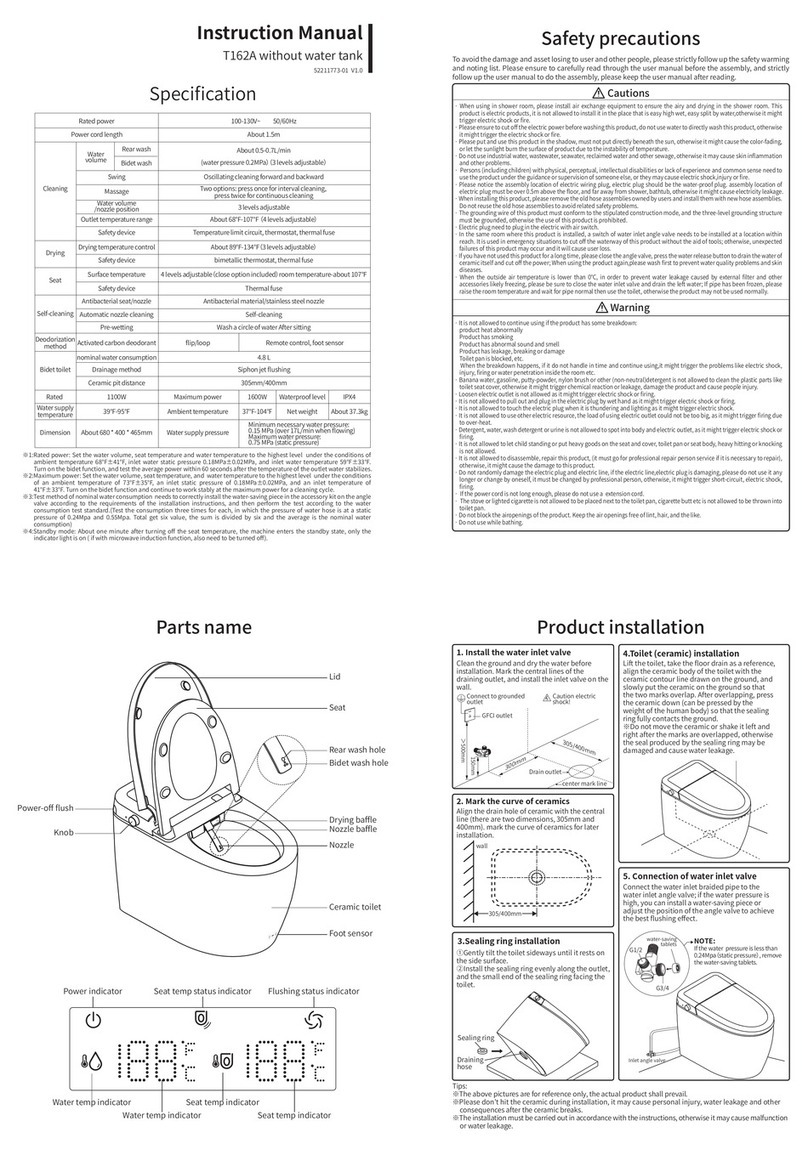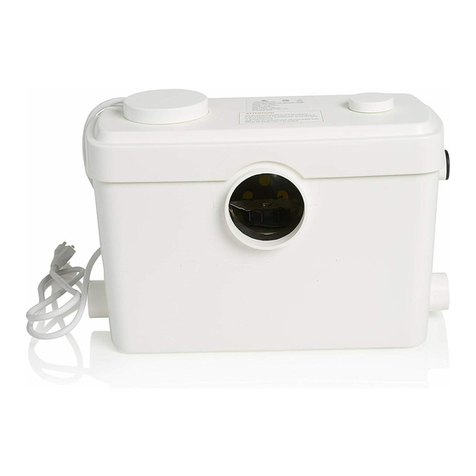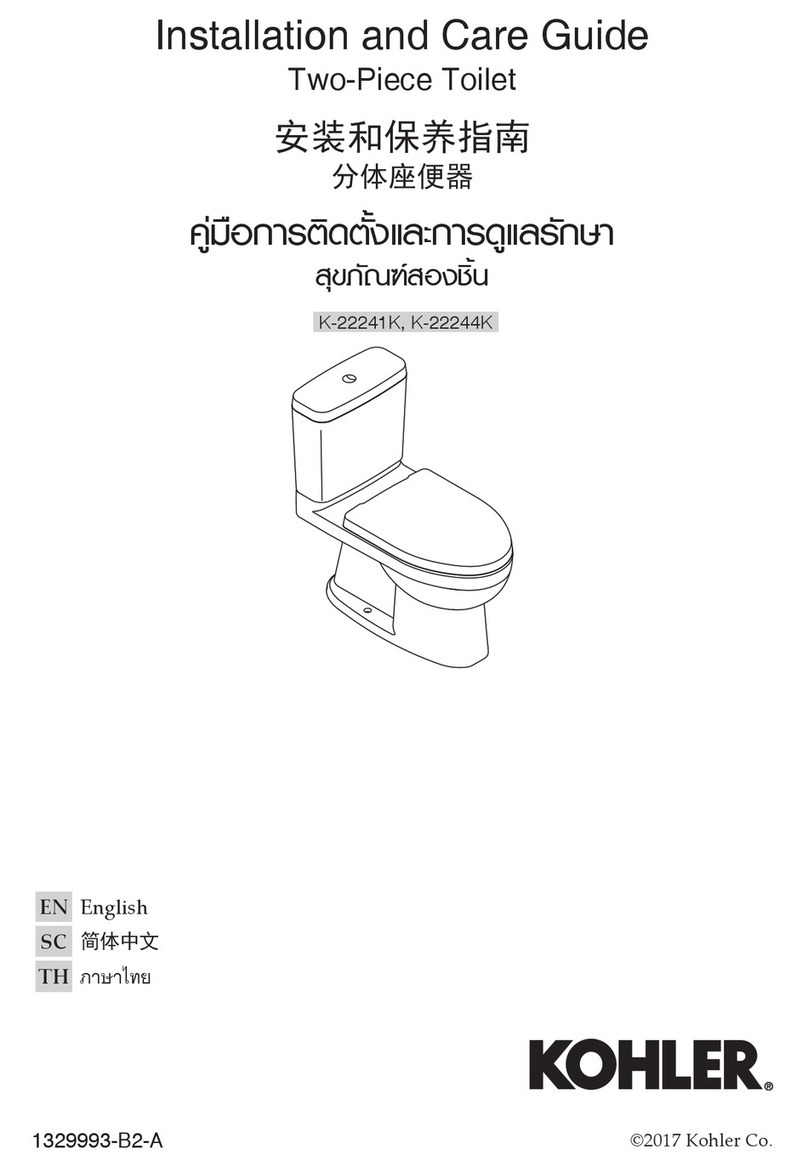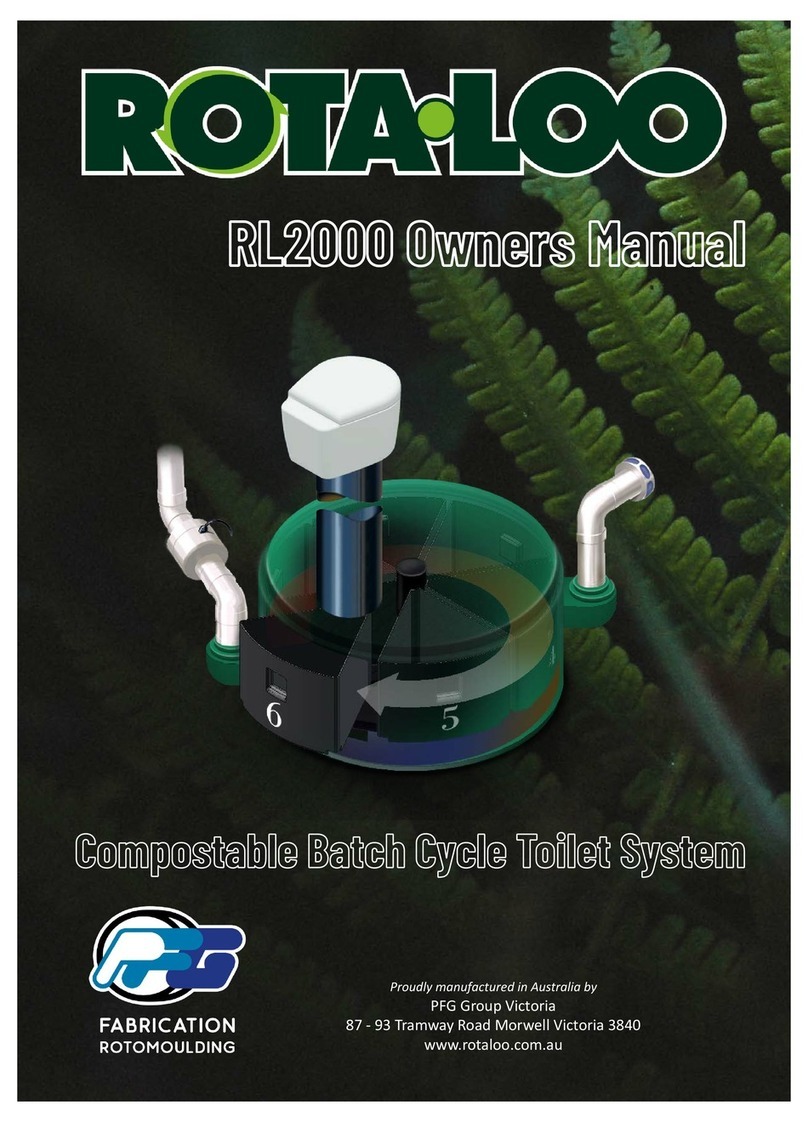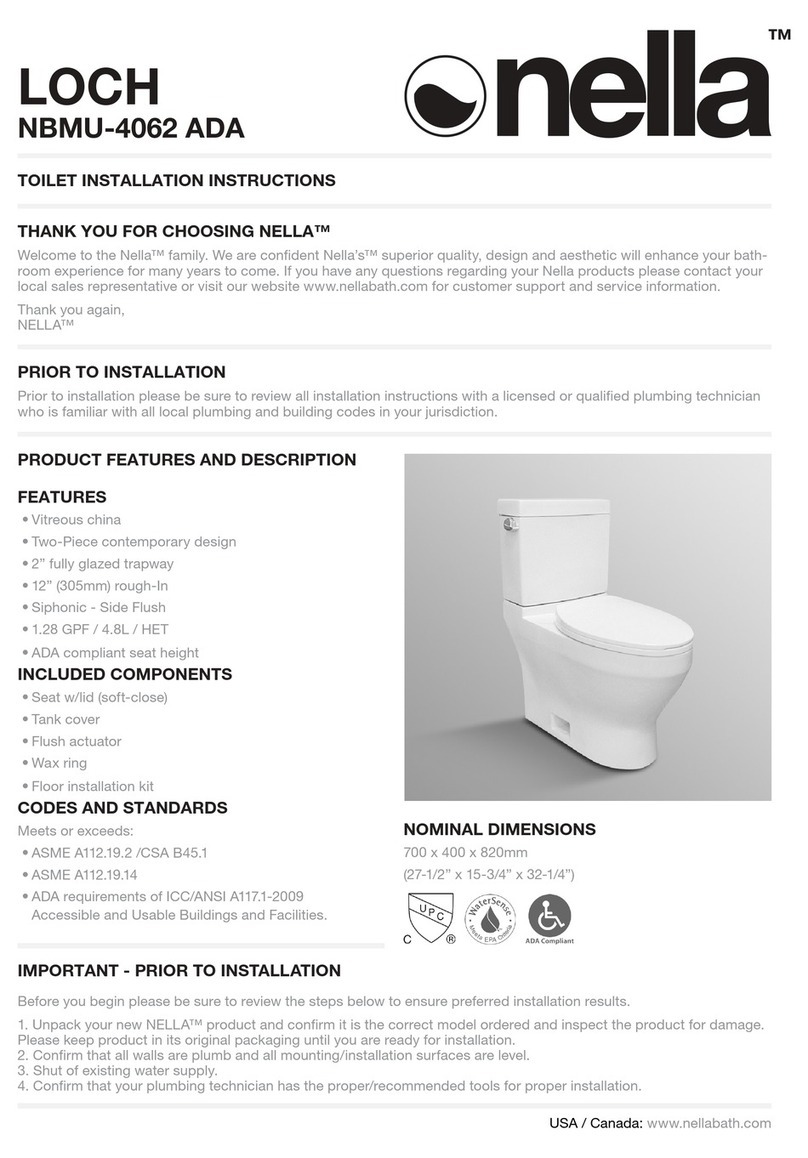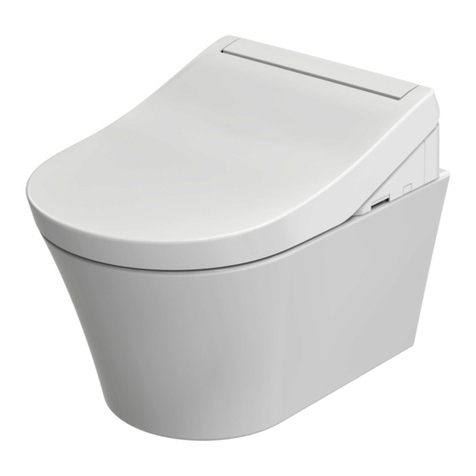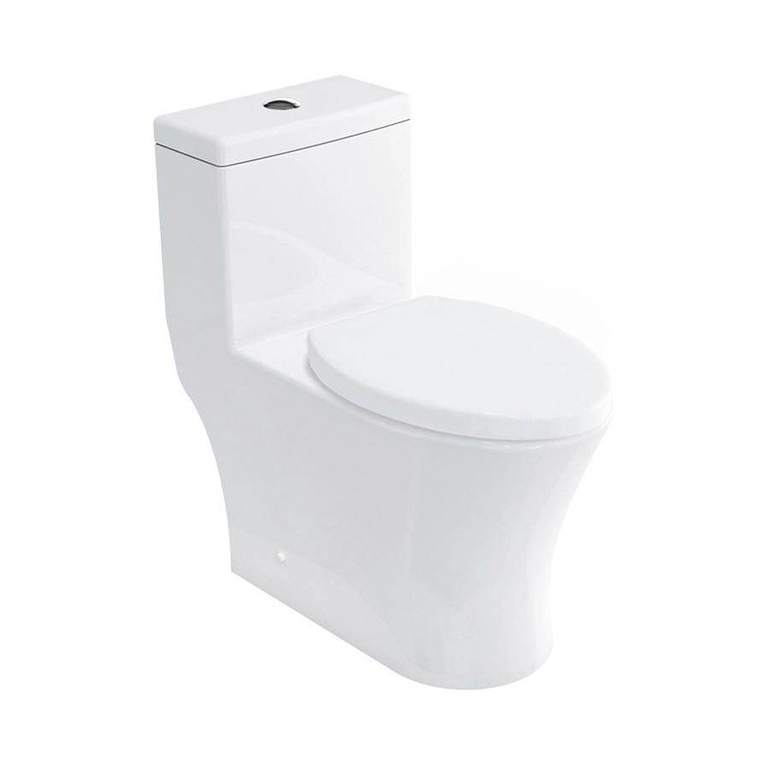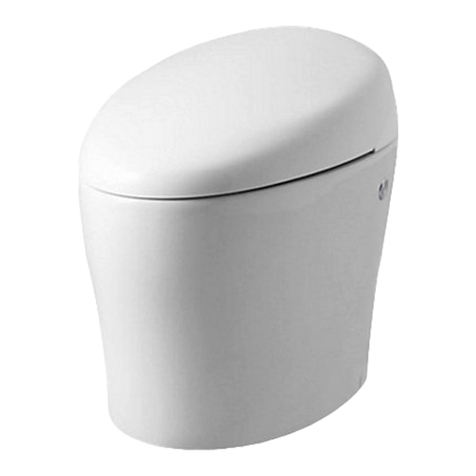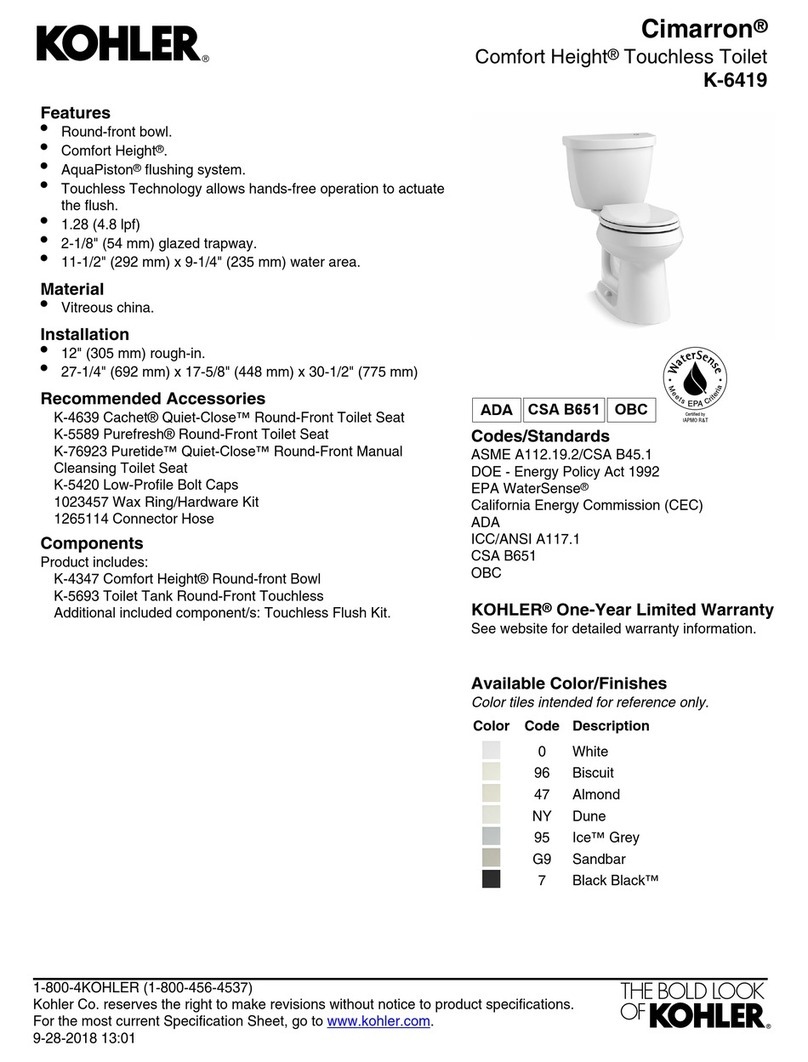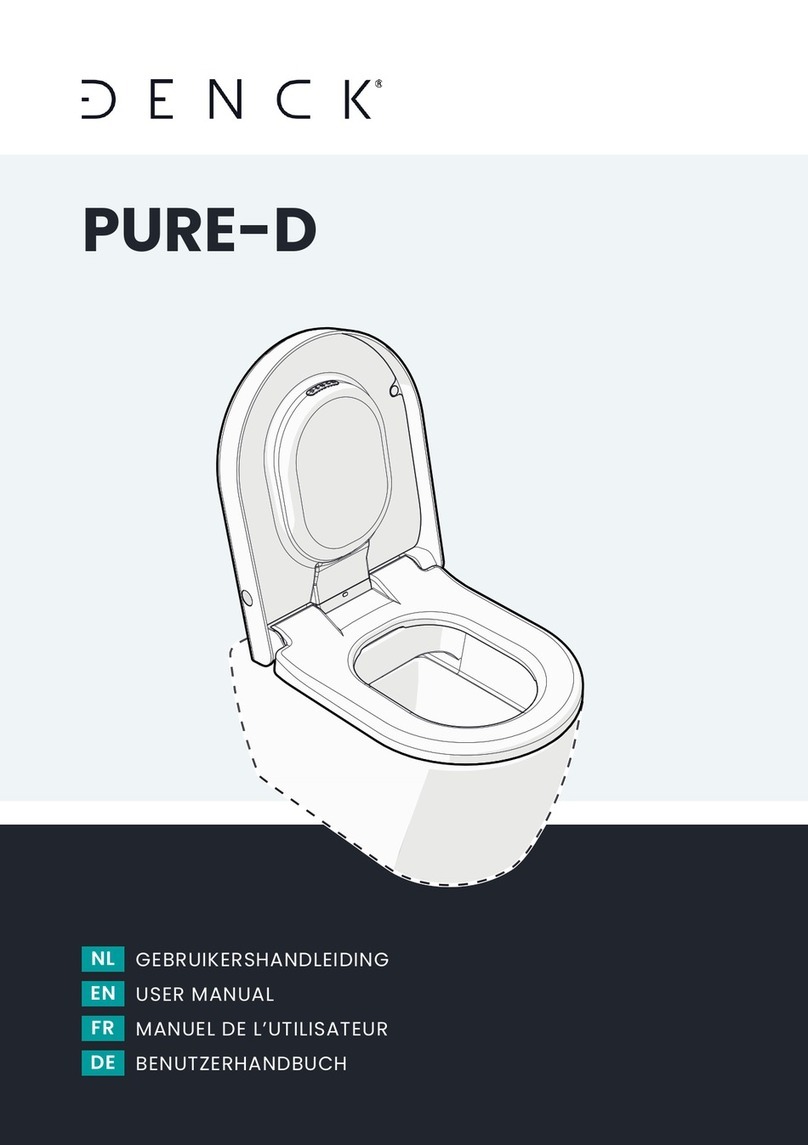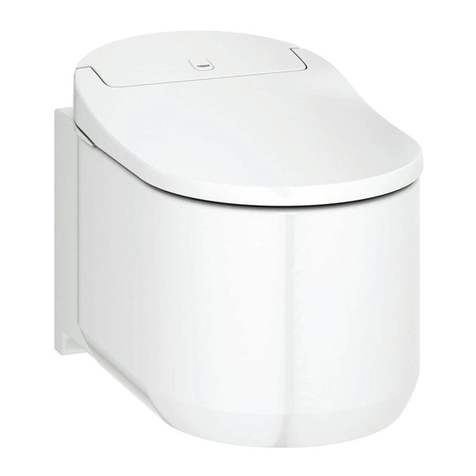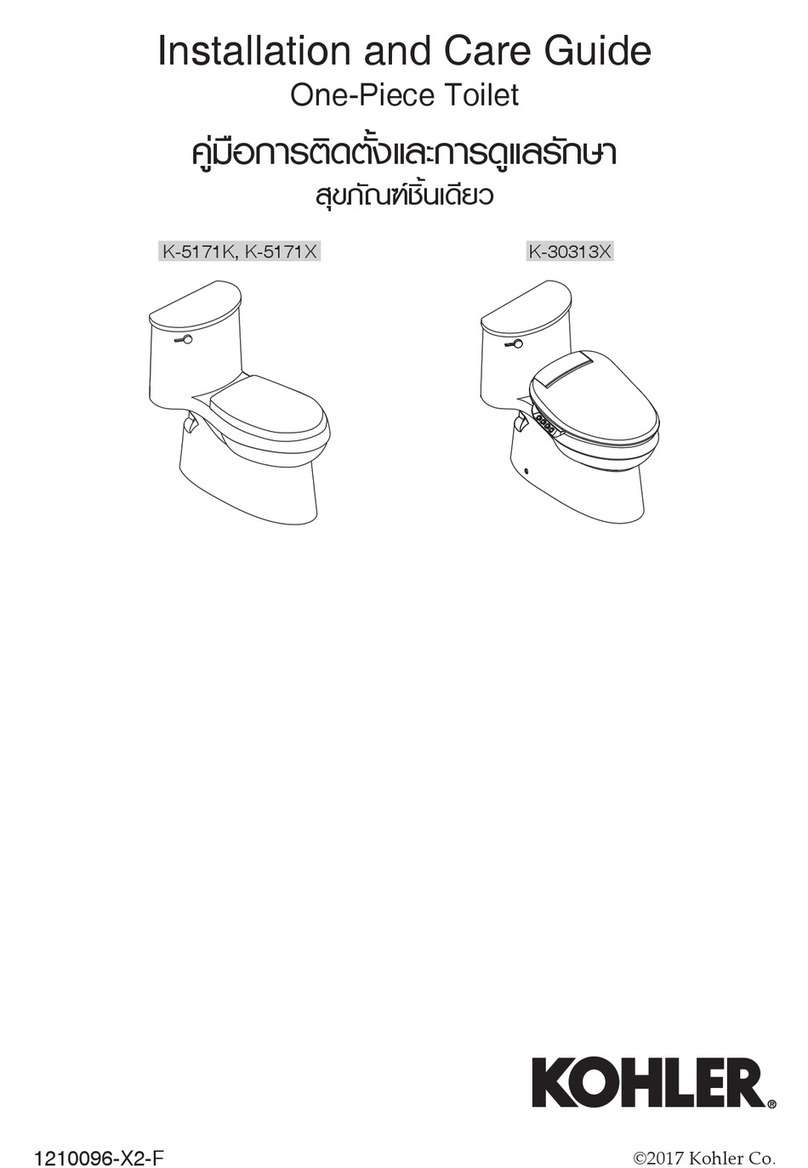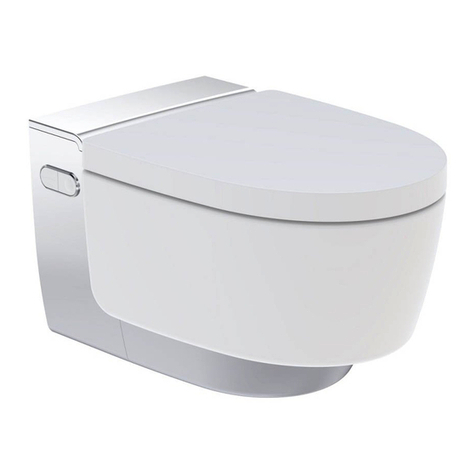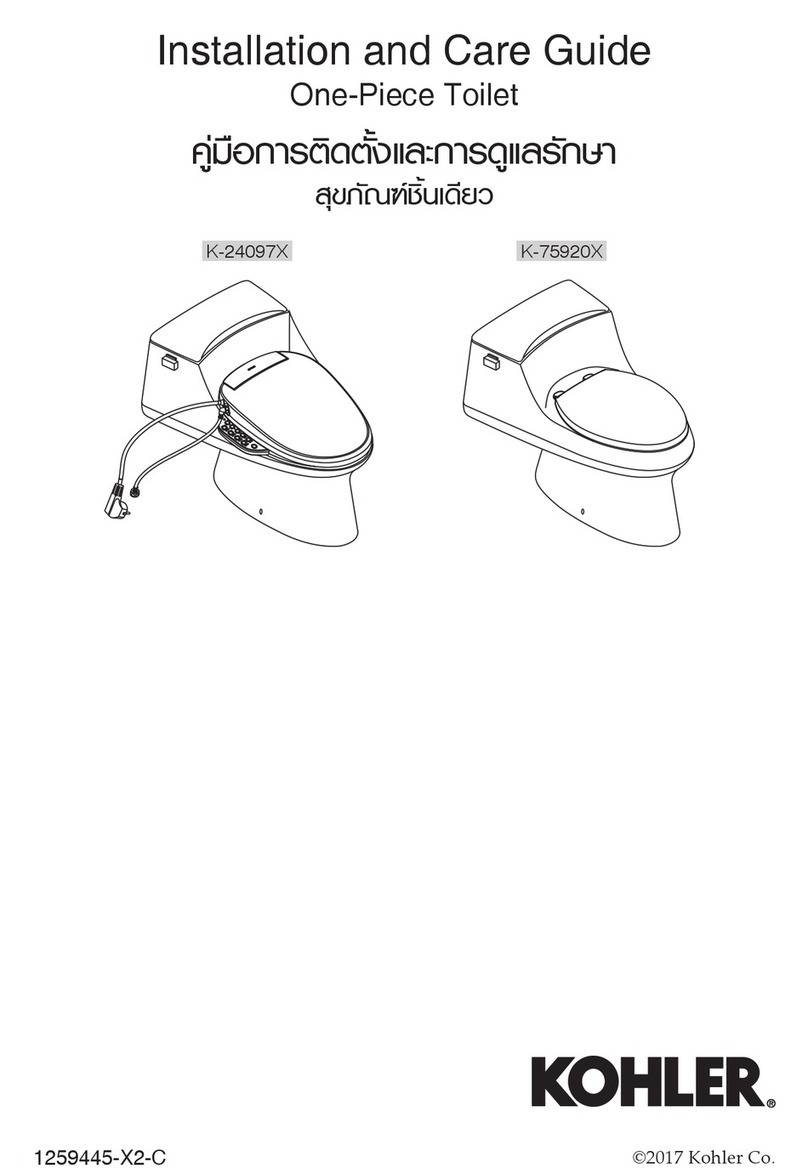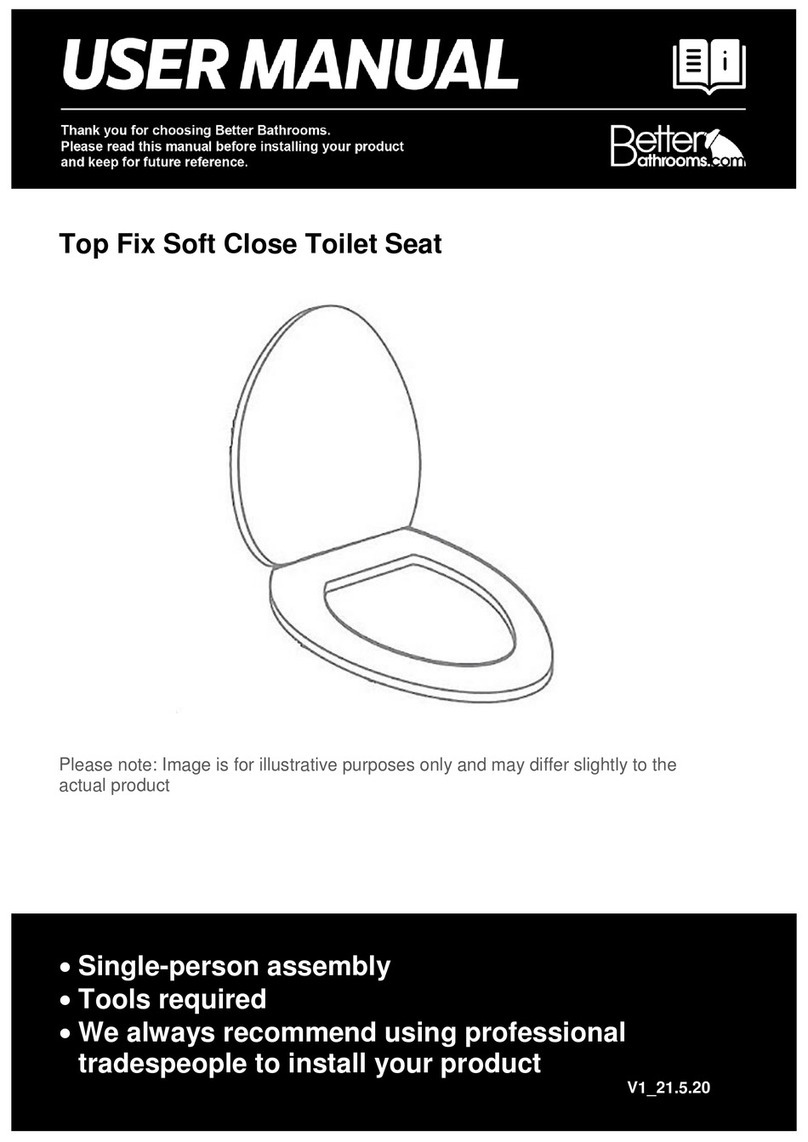
CONGRATULATIONS AND THANK YOU FOR PURCHASING YOUR NEW ROTA LOO
The reasons for purchasing a Rota-Loo may be varied. It could be to conserve water, the pursuit of a more
sustainable life style, or that mains sewer is not available. Your decision will help towards conserving
water, reduce waste processing costs and contribute to a more sustainable future.
The rst portable composting toilet came into Australia from Sweden in the late 1970’s. From this idea the
Rota-Loo was born, and has been developed and improved over the years to become one of the best
Waterless Composting Toilet (WCT) systems in the world and have been successfully installed and operated
in thousands of places throughout Australia, New Zealand and further aeld.
Today, Waterless Composting Toilets are becoming more widely accepted and other products have
appeared on the market. With Rota-Loos installed decades ago still operating well and owners
recommending them to others, the Rota-Loo remains the simplest, most efcient and cost effective WCT
available.
We hope the Rota-Loo fullls your expectations and that it may even ignite a hidden passion to live a
sustainable lifestyle and pass on the message. If you have difculty in installing or maintaining your
Rota-Loo, please get in touch with your supplier or through our website at www.rotaloo.com.au.
OceanaMark
OPMK30059
AS/NZS 1546.2
PFG Group Victoria Pty Ltd
is a Quality Assured
company certied
as compliant to
ISO9001:2015
AS/NZS 1546.2:2008 is the Standard that sets out the
requirements for the design and performance of Waterless
Composting Toilets to assure of safe, effective and efcient
operation. Authorities regulating the installation of Waterless
Composting Toilets (local Councils etc) require Certication to the
Standard to approve the installation of a system like Rota-Loo
CONTENTS
Introduction..............................................................................................................................................................page2
The Composting Process....................................................................................................................................page 2
How Rota-Loo Works..........................................................................................................................................page 3
A Quick Guide..........................................................................................................................................................page 4
Installation Planning-Space Required..........................................................................................................page4
Installation Planning - Toilet Pedestal Location.........................................................................................page 5
Installation Planning - Structural Issues, Vent System, Excess Liquid................................................page 6
Installation - Locate Rota-Loo, Prepare Floor..............................................................................................page 7
Installation - Attach Pods, Final Location, Attach Inlet Piping................................................................page 8
Installation - Attach Fan & Outlet Piping, Turbo Vent, Fan, Electrical Connection, Insulation.........page 9
Installation - Waste Chute & Pedestal, Final Checks................................................................................page 10
Operation Overview...........................................................................................................................................page 11
Operation - Start, Bin Filling............................................................................................................................page 11
Operation - What to put in, What NOT to put in, Cleaning Pedestal.................................................page 12
Operation - Bin Rotation, Keeping Record.................................................................................................page 13
PeriodicMaintenance- Salt Build up, Fan....................................................................................................page 14
Trouble Shooting...............................................................................................................................................page 15
Risk Assessment - Inspection, Storage, Access, Quality....................................................................page 17
Risk - Transfer of Ownership, No Bulking Material, Carousel Not Turned, Too Hot..................page 18
Risk - Too Cold, Too Humid, Is Removed Early, Poor Drainage, Flooding.....................................page 19
Risk - Decommissioning.................................................................................................................................page 20
Warranty..............................................................................................................................................................page 21
Appendix - Checklist, Kit Parts List, Tools List.......................................................................................Page 22

